- Description
- Reviews (0)
- More Offers
- Store Policies
- Enquiries
Description
Historical Context
The Swazi Battle Axe is depicted on the 1968 Swaziland (eSwatini) Independence official stamp to show its cultural significance and representation.
significance and representation.
The Swazi Battle Axe, (isizeze) was reserved primarily for royal officials. However, today we can see the swallow-tail axe by mostly royal warriors (lijaha) at ceremonial dances at the incwala ceremony or Umhlanga or Reed Dance ceremony, an annual Swazi and Zulu event. This Battle axe symbolizes status rather than a fighting weapon.
Actually, both Kingdom of Eswatini (Swaziland) and Zulu kings are often seen holding the “swallow-tail” battle-axe at special ceremonies. As such, it’s fair to call these axes ceremonial or prestige tribal weapons
Reed Dance, King Mswati III Ingwenyama yemaSwati
Battle Axe Inheritance
According to eSwatini culture, when the owner dies, normally the wooden shaft would be broken at the grave. Then the son will use the blade to make a new axe. Source: http://vikingsword.com/vb/showthread.php?t=2989
Swazi Axe Description
This swallow-tail axe is hand-forged, with an angular iron axe blade with long integrally forged round-section stud mortised into the haft and firmly secured with twisted iron wire.
The blade is 12 ¼ ″ long and extends 5 ¼″ from the haft.
Curved 35 ½” hardwood haft.
Be the first to review “Swazi Battle Axe”
You must be logged in to post a review.
General Enquiries
There are no enquiries yet.

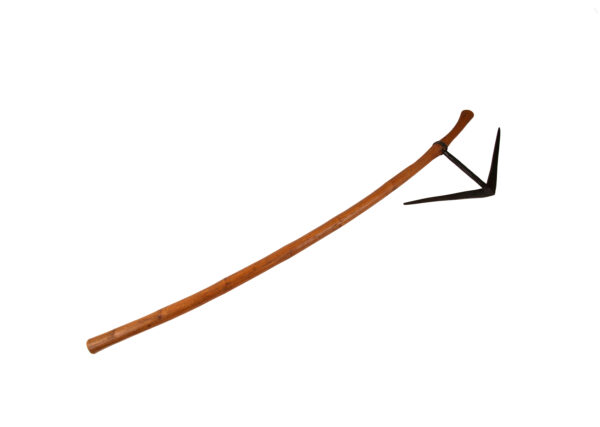

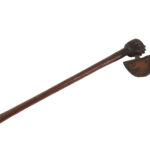
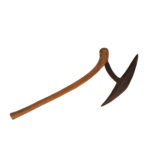
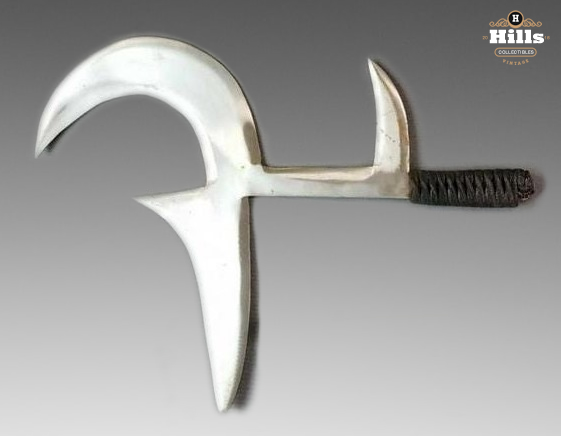
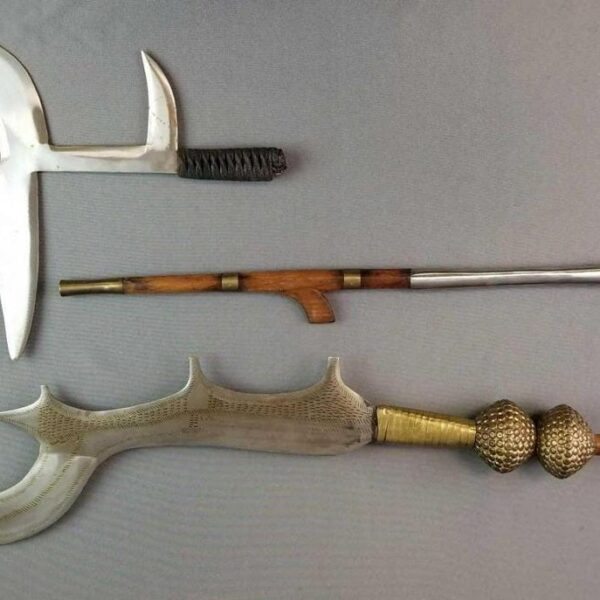
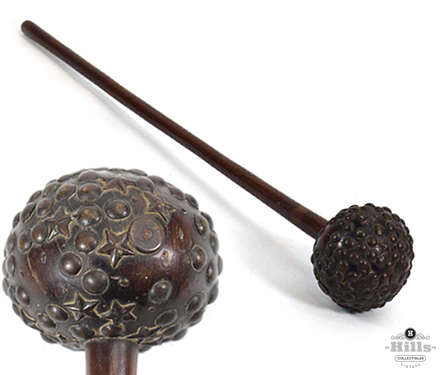
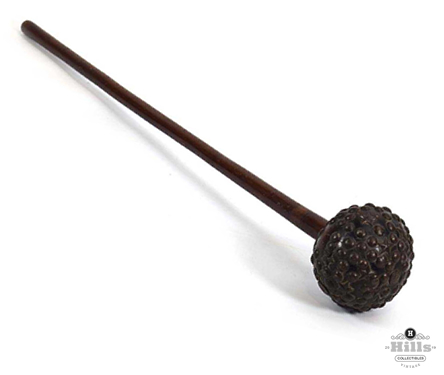
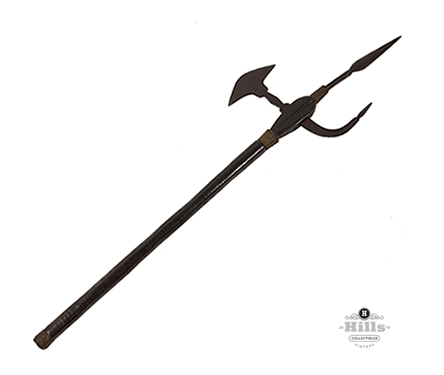
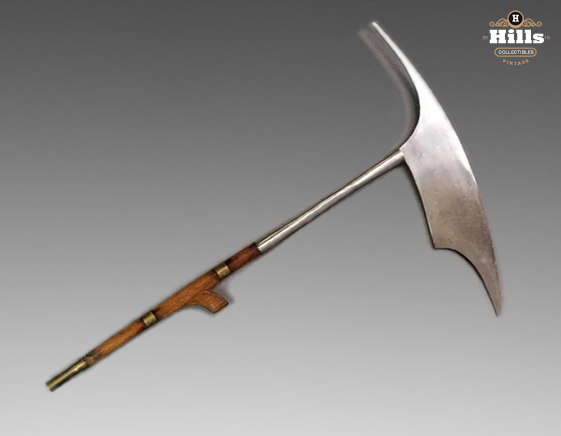
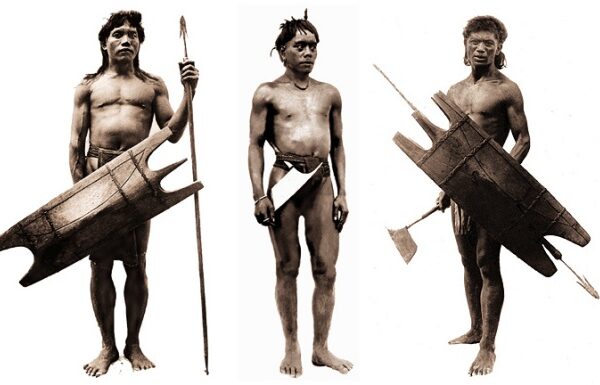
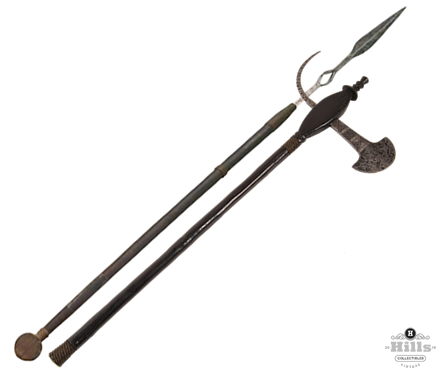

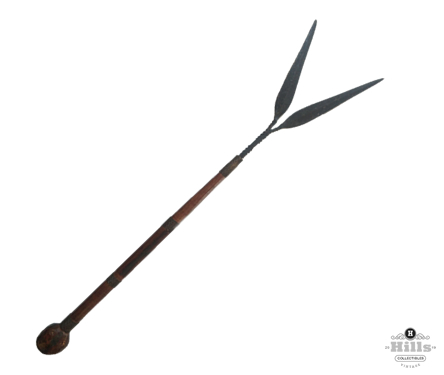
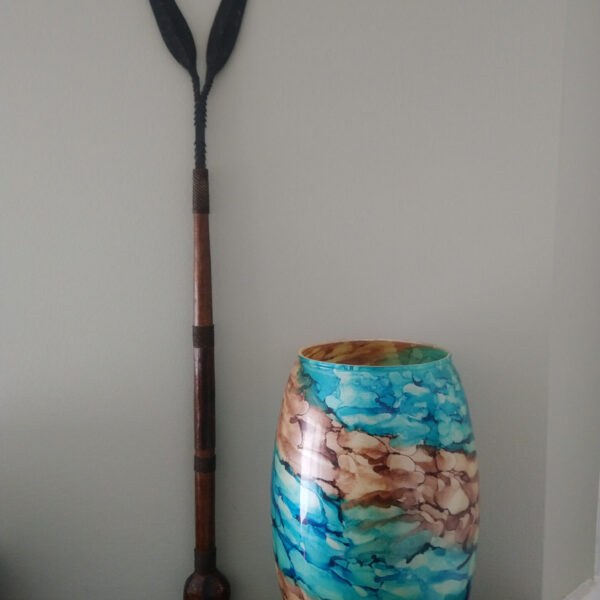
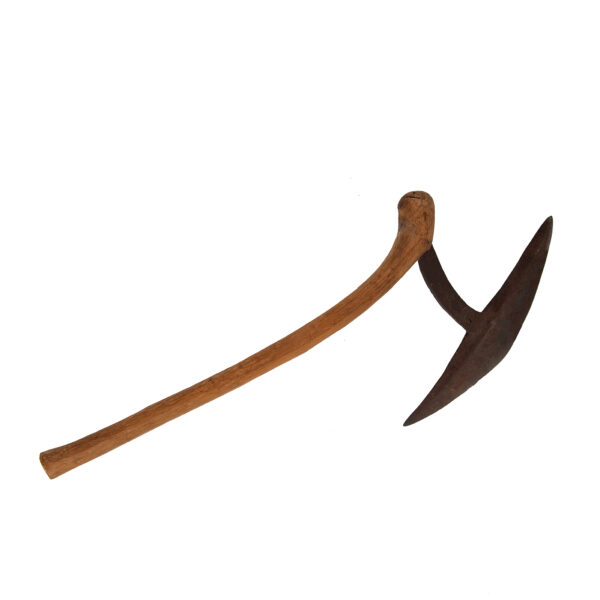
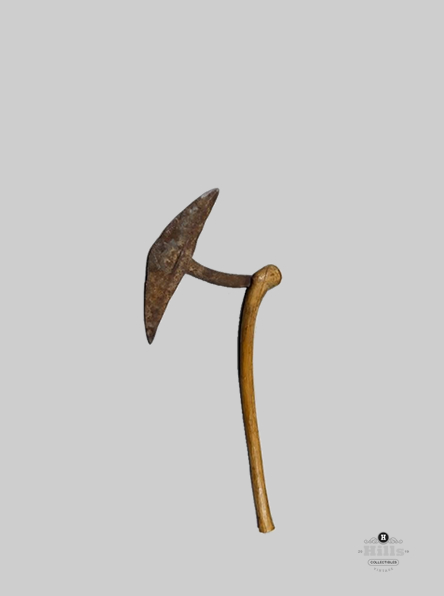
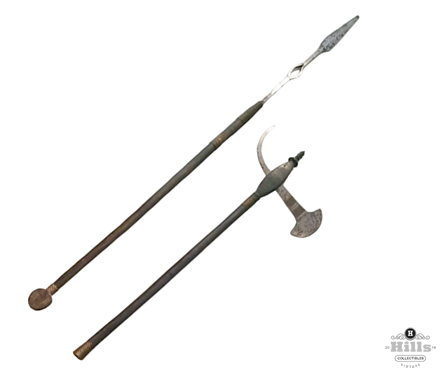
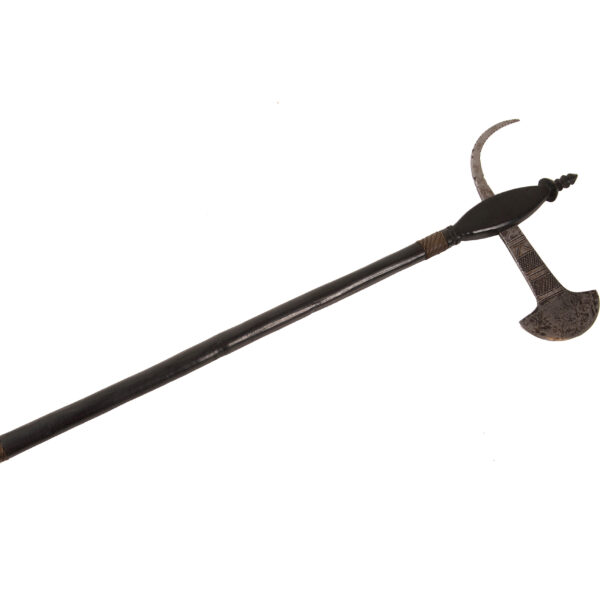
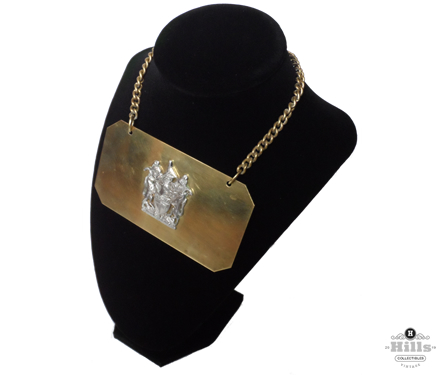
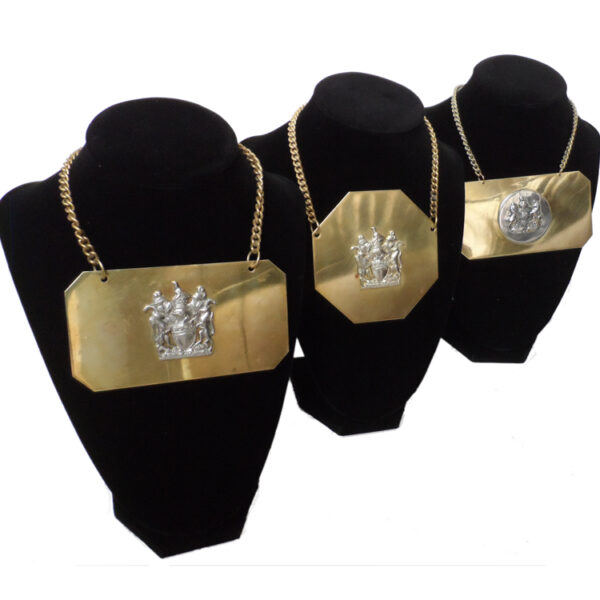



















Reviews
There are no reviews yet.